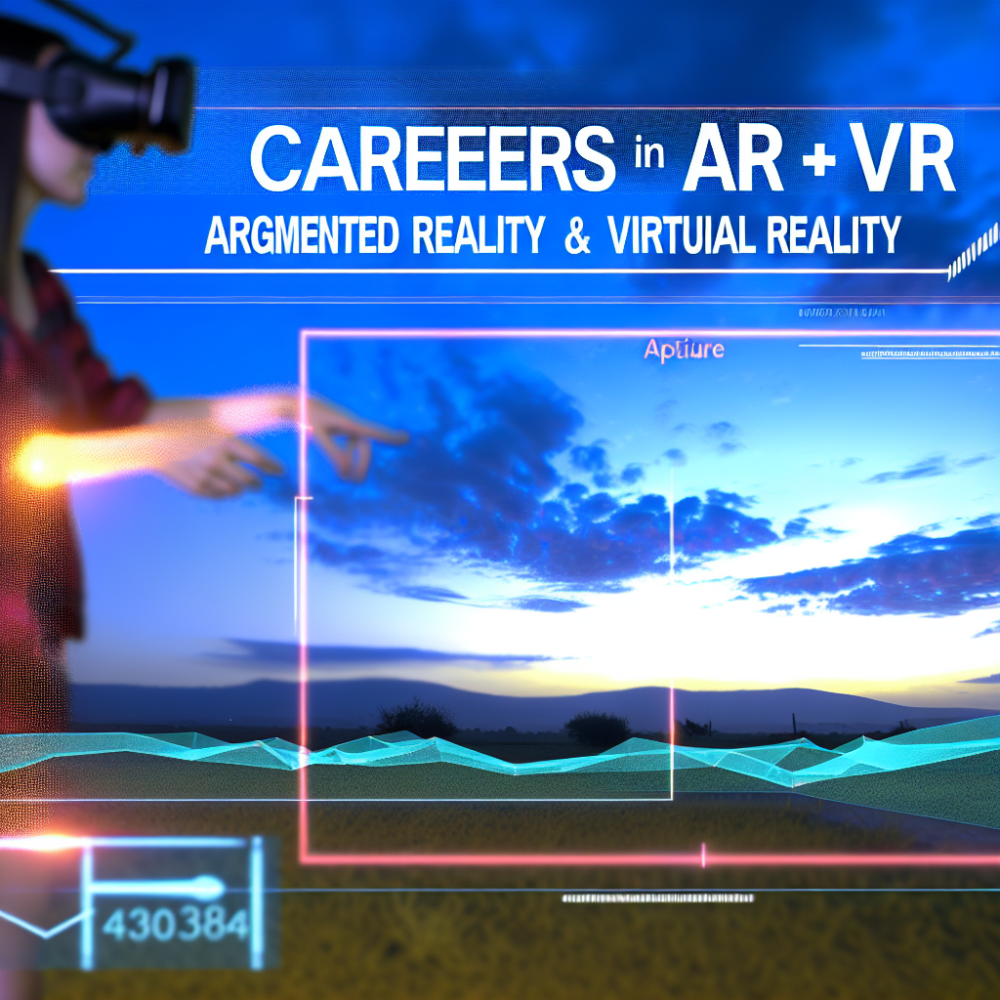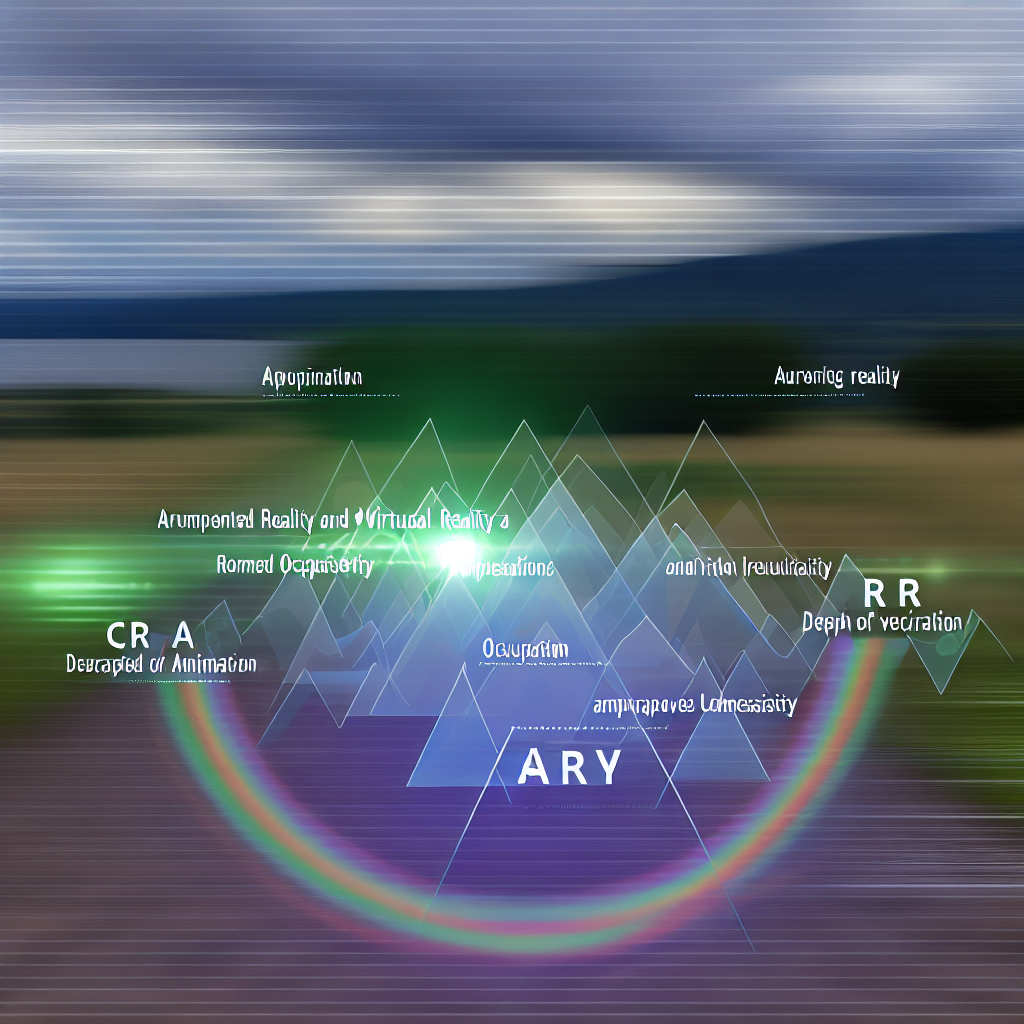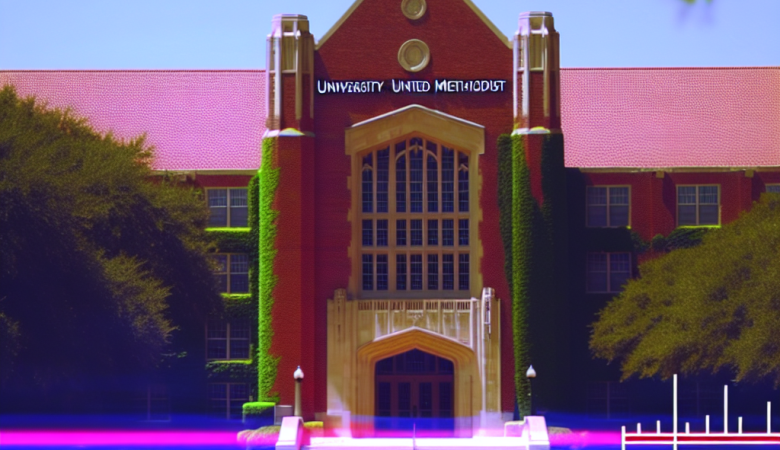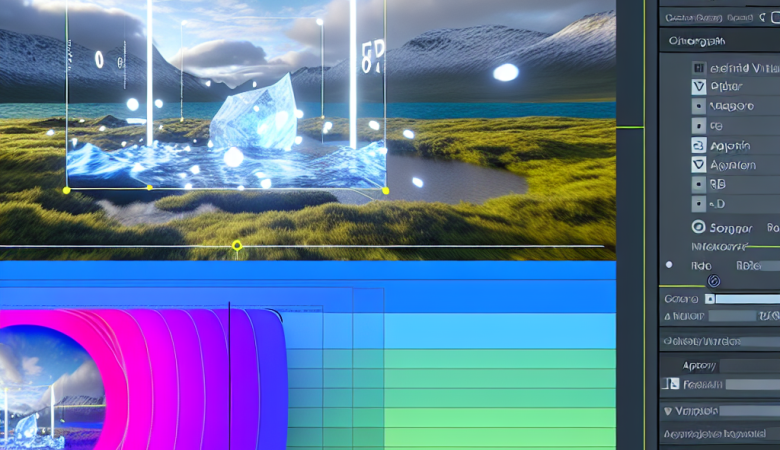Exploring the Potential of AR and VR Careers in Various Industries
Augmented Reality (AR) and Virtual Reality (VR) have become buzzwords in recent years, with their potential to revolutionize various industries. These technologies have opened up a whole new world of possibilities, creating exciting career opportunities for those willing to embrace them. In this article, we will explore the potential of AR and VR careers in various industries, shedding light on the jobs of the future.
One industry that has already started to harness the power of AR and VR is healthcare. Medical professionals can now use AR and VR to simulate surgeries, allowing them to practice complex procedures in a safe and controlled environment. This not only enhances their skills but also reduces the risk for patients. Additionally, AR and VR can be used to train medical students, providing them with a realistic experience before they step into an operating room. As technology continues to advance, we can expect to see more healthcare professionals incorporating AR and VR into their daily practices.
Another industry that stands to benefit greatly from AR and VR is education. These technologies have the potential to transform traditional classrooms into immersive learning environments. Imagine students being able to explore ancient civilizations in VR or dissect virtual organisms in AR. This interactive and engaging approach to education can greatly enhance students’ understanding and retention of information. Furthermore, AR and VR can provide access to educational resources that may not be available in certain regions, bridging the gap between privileged and underprivileged students.
The entertainment industry has also embraced AR and VR, creating a whole new level of immersive experiences for audiences. From virtual reality gaming to augmented reality concerts, these technologies have the power to transport people into fantastical worlds and blur the lines between reality and fiction. As the demand for these experiences grows, so does the need for professionals who can create and develop AR and VR content. Careers in game development, animation, and visual effects are just a few examples of the opportunities that await those with a passion for AR and VR in the entertainment industry.
Architecture and design are two more industries that have been revolutionized by AR and VR. Architects can now use these technologies to create virtual walkthroughs of their designs, allowing clients to visualize the final product before construction even begins. This not only saves time and money but also ensures that the client’s vision is accurately translated into reality. Interior designers can also benefit from AR and VR by allowing clients to virtually decorate and rearrange spaces, giving them a realistic preview of the end result. The integration of AR and VR into these industries has undoubtedly elevated the level of creativity and efficiency.
Lastly, AR and VR have the potential to transform the retail industry. With the rise of e-commerce, brick-and-mortar stores are facing challenges in attracting customers. However, AR and VR can provide a solution by offering virtual shopping experiences. Customers can try on clothes virtually, visualize furniture in their homes, or even test drive cars without leaving their living rooms. This not only enhances the convenience for customers but also allows retailers to showcase their products in innovative ways. As the retail landscape continues to evolve, professionals with expertise in AR and VR will be in high demand.
In conclusion, the potential of AR and VR careers in various industries is vast and exciting. From healthcare to education, entertainment to architecture, and retail to design, these technologies are transforming the way we work, learn, and experience the world. As the demand for AR and VR continues to grow, so does the need for skilled professionals who can harness their power and shape the jobs of the future. So, if you’re looking for a career that combines innovation, creativity, and limitless possibilities, AR and VR may just be the path for you.
The Role of AR and VR in Revolutionizing the Gaming and Entertainment Industry
Augmented Reality (AR) and Virtual Reality (VR) have become buzzwords in recent years, with their potential to revolutionize various industries. One sector that has particularly embraced these technologies is the gaming and entertainment industry. AR and VR have opened up new possibilities for immersive experiences, transforming the way we play games and consume entertainment content.
In the gaming industry, AR and VR have taken gameplay to a whole new level. With AR, players can interact with virtual objects in the real world, blurring the lines between the digital and physical realms. Imagine battling virtual monsters in your own living room or building virtual structures on your kitchen table. AR has made these experiences possible, creating a sense of wonder and excitement for gamers.
VR, on the other hand, transports players to entirely virtual worlds. With a VR headset, gamers can step into a different reality, leaving behind the constraints of the physical world. Whether it’s exploring fantastical landscapes, engaging in intense combat, or solving intricate puzzles, VR offers a level of immersion that traditional gaming cannot match. It’s no wonder that VR gaming has gained a dedicated following of enthusiasts.
But AR and VR aren’t just limited to gaming. They have also found their way into the entertainment industry, enhancing the way we consume content. For example, AR has been used to bring beloved characters to life in movies and TV shows. By overlaying digital elements onto the real world, AR can make it seem like these characters are right there with us, interacting in our environment. This creates a sense of connection and engagement that traditional media cannot replicate.
VR, on the other hand, has revolutionized the way we experience movies and live events. With VR headsets, viewers can be transported to the front row of a concert or the best seat in a movie theater, all from the comfort of their own homes. This not only provides a more immersive experience but also opens up new possibilities for accessibility. People who may not have been able to attend a live event can now experience it in VR, breaking down barriers and bringing entertainment to a wider audience.
The impact of AR and VR on the gaming and entertainment industry goes beyond just the consumer experience. These technologies have also created a demand for new job opportunities. As AR and VR continue to evolve, there is a growing need for professionals who can develop and create content specifically for these platforms.
For example, game developers now need to consider how to integrate AR and VR into their games, creating experiences that take full advantage of these technologies. This requires a deep understanding of both traditional game development principles and the unique challenges and opportunities presented by AR and VR.
Similarly, content creators in the entertainment industry need to adapt their skills to work with AR and VR. They must learn how to tell stories in a way that takes advantage of the immersive nature of these technologies. This may involve exploring new narrative techniques, understanding spatial audio, or mastering the art of creating realistic virtual environments.
In conclusion, AR and VR have revolutionized the gaming and entertainment industry, offering new and exciting experiences for consumers. These technologies have not only transformed the way we play games and consume entertainment content but have also created new job opportunities. As AR and VR continue to evolve, professionals with the skills to develop and create content for these platforms will be in high demand. The future of gaming and entertainment is undoubtedly intertwined with the possibilities offered by AR and VR.
AR and VR in Healthcare: Transforming Patient Care and Medical Training
Augmented Reality (AR) and Virtual Reality (VR) have become increasingly popular in various industries, and their impact on healthcare is no exception. These emerging technologies have the potential to transform patient care and revolutionize medical training. In this article, we will explore the applications of AR and VR in healthcare and the promising career opportunities they offer.
AR and VR have the ability to enhance patient care by providing healthcare professionals with valuable tools and resources. For instance, AR can be used to overlay digital information onto the real world, allowing doctors to visualize medical images, such as X-rays or CT scans, directly on a patient’s body. This enables more accurate diagnoses and treatment plans, as doctors can see the exact location of a tumor or a fracture in real-time. Moreover, AR can assist surgeons during complex procedures by projecting vital information, such as patient vitals or surgical guidelines, onto their field of view, reducing the risk of errors and improving surgical outcomes.
In addition to patient care, AR and VR have immense potential in medical training. Medical students and healthcare professionals can now immerse themselves in realistic virtual environments, simulating various medical scenarios. This allows them to practice their skills and decision-making abilities in a safe and controlled setting. For example, VR can recreate surgical procedures, enabling surgeons to practice complex operations before performing them on real patients. This not only enhances their technical skills but also boosts their confidence and reduces the learning curve. Furthermore, AR and VR can be used to train healthcare professionals in emergency situations, such as resuscitation or trauma management, where quick and accurate decision-making is crucial.
The integration of AR and VR in healthcare has opened up a wide range of career opportunities. One such career is that of an AR/VR developer. These professionals are responsible for creating immersive and interactive experiences using AR and VR technologies. They work closely with healthcare professionals to understand their needs and develop applications that meet specific medical requirements. AR/VR developers should have a strong background in computer science, programming, and 3D modeling. They should also possess excellent problem-solving skills and a creative mindset to design engaging and user-friendly applications.
Another promising career in the field of AR and VR is that of a medical simulation specialist. These specialists are responsible for designing and implementing virtual training programs for healthcare professionals. They collaborate with subject matter experts to create realistic scenarios and ensure that the simulations accurately reflect real-world medical situations. Medical simulation specialists should have a deep understanding of medical procedures and protocols, as well as expertise in AR and VR technologies. They should also possess strong communication and instructional design skills to effectively train healthcare professionals.
Furthermore, the integration of AR and VR in healthcare has created a demand for healthcare professionals with expertise in these technologies. For instance, radiologists who are proficient in using AR to interpret medical images or surgeons who are skilled in using VR for surgical planning and navigation are highly sought after. These professionals can leverage their knowledge of AR and VR to provide better patient care and contribute to the advancement of medical technology.
In conclusion, AR and VR have the potential to revolutionize healthcare by transforming patient care and medical training. These technologies provide healthcare professionals with valuable tools and resources, enhancing their ability to diagnose and treat patients accurately. Moreover, AR and VR offer promising career opportunities in fields such as AR/VR development and medical simulation. As the healthcare industry continues to embrace these technologies, the demand for professionals with expertise in AR and VR will only continue to grow.
AR and VR in Education: Enhancing Learning Experiences and Classroom Engagement
Augmented Reality (AR) and Virtual Reality (VR) have become increasingly popular in recent years, with their applications extending beyond the realm of entertainment and gaming. These immersive technologies have found their way into various industries, including education. AR and VR have the potential to revolutionize the way students learn, enhancing their educational experiences and increasing classroom engagement.
One of the key advantages of AR and VR in education is their ability to create interactive and engaging learning environments. Traditional teaching methods often rely on textbooks and lectures, which can be passive and less stimulating for students. However, with AR and VR, students can actively participate in their learning process. They can explore virtual worlds, manipulate objects, and interact with digital content, making their learning experience more hands-on and enjoyable.
AR and VR also offer the opportunity for students to visualize complex concepts and ideas. For example, in subjects like biology or chemistry, students can use AR to see 3D models of cells or molecules, allowing them to better understand their structures and functions. Similarly, in history or geography classes, students can virtually visit historical sites or explore different parts of the world, bringing their lessons to life. By providing visual and interactive representations, AR and VR help students grasp abstract concepts more easily.
Furthermore, AR and VR can cater to different learning styles and abilities. Not all students learn in the same way, and traditional teaching methods may not always accommodate their needs. However, with AR and VR, educators can create personalized learning experiences that cater to individual students’ preferences and abilities. For instance, visual learners can benefit from the visual and interactive nature of AR and VR, while kinesthetic learners can engage in hands-on activities within the virtual environment. This inclusivity ensures that all students have equal opportunities to learn and succeed.
In addition to enhancing learning experiences, AR and VR also promote classroom engagement. Students are more likely to be actively involved in their education when they are excited and interested in the subject matter. AR and VR provide a novel and captivating way of presenting information, capturing students’ attention and motivating them to participate. This increased engagement can lead to improved retention of knowledge and better academic performance.
Moreover, AR and VR can facilitate collaboration and teamwork among students. Many AR and VR applications allow multiple users to interact within the same virtual environment, enabling students to work together on projects or solve problems collectively. This collaborative aspect fosters communication, critical thinking, and problem-solving skills, which are essential for success in the modern workforce.
As AR and VR continue to evolve, their potential in education is boundless. From virtual field trips to immersive language learning experiences, the possibilities are endless. However, it is important to note that the successful integration of AR and VR in education requires well-trained educators who can effectively incorporate these technologies into their teaching practices. Therefore, there is a growing demand for professionals with expertise in AR and VR in the education sector.
In conclusion, AR and VR have the power to transform education by enhancing learning experiences and increasing classroom engagement. These immersive technologies provide interactive and visual learning environments, cater to different learning styles, and promote collaboration among students. As the demand for AR and VR in education grows, so does the need for professionals who can harness the potential of these technologies to create innovative and effective learning experiences. The future of education lies in the hands of those who embrace the possibilities of AR and VR.







Leave a Reply
You must be logged in to post a comment.